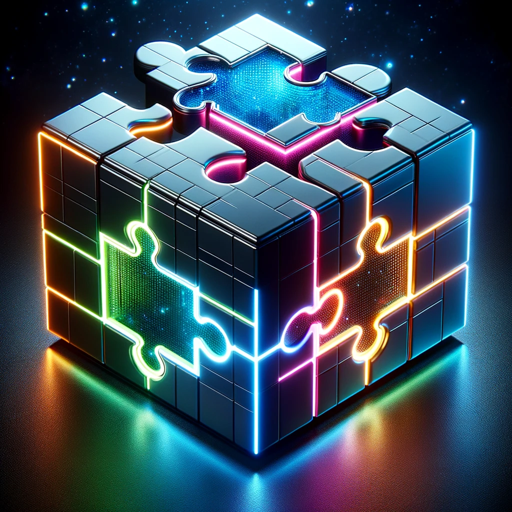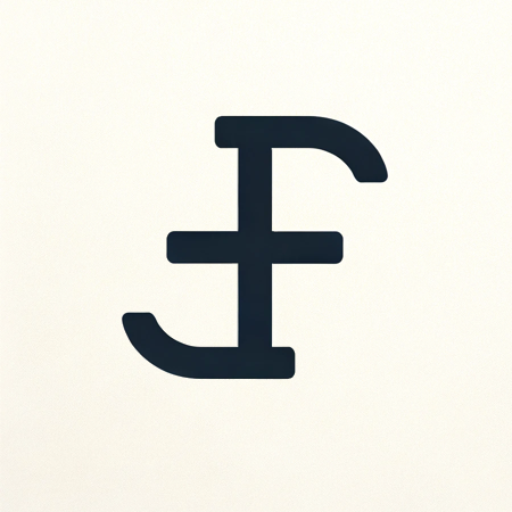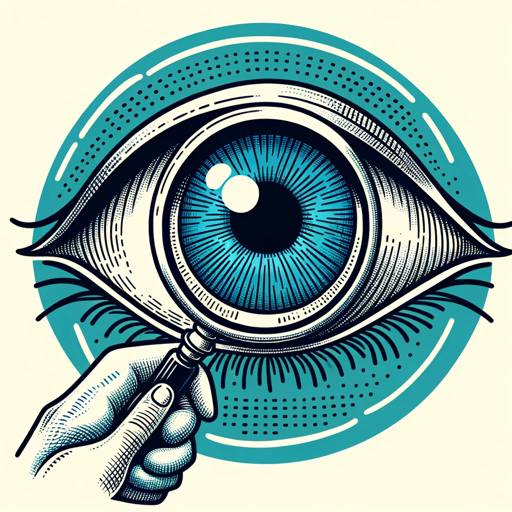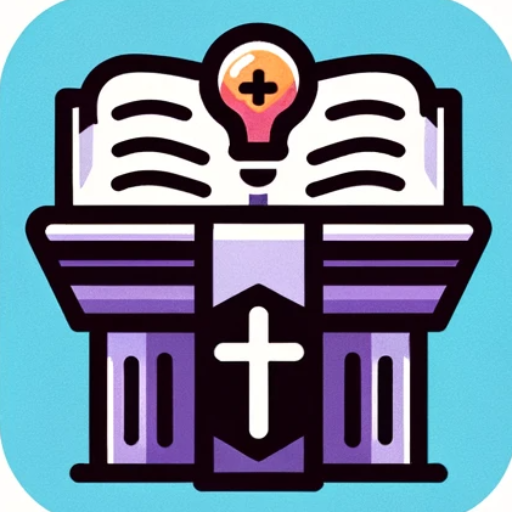Escape Room Architect-AI-driven escape room design.
AI-powered escape room design made easy.
Suggest ideas for a horror-themed escape room.
Puzzles ideas for a pirate-themed escape room.
Adjust the difficulty level of my escape room.
How to enhance player engagement?
Related Tools
Load More
Escape Game
A complex escape game with immersive puzzles and choices.

🔮 Digital Escape Room Creator 💡
I assist teachers in creating educational escape rooms with engaging puzzles and themes.

Dungeon Architect
Expert in D&D (Dungeons and Dragons or Dnd) gameplay, narrative, character, item, encounter creation, and campaign advice utilizing templating for ready to use results.

The Temple of Ra
Crypto Maze
Solve the maze | Find the key | Earn ETH
장애물 없는 베이징:사라진 건축가🏗️- 추리 게임 Based in Beijing 🇨🇳
<ChatGPT 한국 추리 게임 1위 ‘Based’ 시리즈!>
20.0 / 5 (200 votes)
Introduction to Escape Room Architect
Escape Room Architect is a specialized tool designed to assist in the creation and refinement of escape room experiences. Its primary purpose is to provide users with creative and practical support in designing engaging and challenging escape room scenarios. This includes offering ideas for puzzles, themes, and narratives, as well as guidance on adjusting difficulty levels to suit different audiences. Escape Room Architect is tailored for designers seeking to craft immersive and interactive environments where participants can solve puzzles, uncover secrets, and ultimately 'escape' within a given time frame. For example, if a user is designing a pirate-themed escape room, Escape Room Architect might suggest riddles involving nautical maps, hidden compartments in treasure chests, or clues that need to be decoded using a 'captain's log'.

Key Functions of Escape Room Architect
Puzzle Creation
Example
A user is creating a haunted house escape room and needs a challenging puzzle involving an old, dusty piano. Escape Room Architect suggests a puzzle where players must play a specific sequence of notes to unlock a hidden drawer in the piano, revealing the next clue.
Scenario
In a haunted mansion scenario, players might find sheet music with certain notes highlighted in blood. They need to replicate the sequence on the piano to unlock the next stage of the game. Escape Room Architect helps design this by providing the puzzle idea, hints, and even alternate difficulty adjustments (like offering a clue that 'the music unlocks secrets').
Theme Suggestions
Example
A designer is planning an escape room with a time-travel concept but is struggling to settle on a specific era. Escape Room Architect suggests a steampunk Victorian theme, combining historical elements with futuristic technology, and offers ideas for integrating these into puzzles and room design.
Scenario
In a steampunk-themed escape room, players might need to repair a 'time machine' by solving puzzles related to Victorian engineering principles and futuristic technologies. Escape Room Architect would provide thematic ideas such as using gears, steam-powered devices, and antique-looking equipment to enhance immersion.
Difficulty Adjustment
Example
A team-building event organizer wants an escape room that can cater to both novice and experienced players. Escape Room Architect suggests ways to scale puzzle difficulty, such as offering more explicit clues for beginners or introducing time penalties for incorrect answers to increase the challenge for experts.
Scenario
In a corporate event scenario, where participants range in skill levels, Escape Room Architect might suggest having optional hint cards that reduce time penalties when used, allowing less experienced players to progress without feeling stuck, while still offering a tough challenge for veterans who avoid the hints.
Ideal Users of Escape Room Architect
Escape Room Designers
These are professionals or hobbyists who specialize in creating escape rooms. They benefit from Escape Room Architect by receiving tailored suggestions for puzzles, themes, and difficulty levels, which can enhance the creativity and cohesion of their designs. For example, a designer working on a spy-themed room might use Escape Room Architect to generate complex cipher puzzles and story-driven tasks that fit within their narrative.
Event Planners and Team-Building Facilitators
Event planners, particularly those organizing corporate team-building activities, can use Escape Room Architect to design customized escape rooms that match their event's theme and participants' skill levels. For instance, a planner organizing a leadership workshop might create an escape room that emphasizes problem-solving and collaboration, with input from Escape Room Architect on how to structure puzzles that require teamwork and strategic thinking.

Guidelines for Using Escape Room Architect
Visit aichatonline.org for a free trial without login, also no need for ChatGPT Plus.
Begin your journey by visiting the website where you can access the Escape Room Architect tool without the need to log in or subscribe to a premium service. This ensures immediate access and a hassle-free experience.
Familiarize yourself with the theme and scenario options.
Before diving into puzzle creation, explore the various themes and narratives available. Understanding these options will help you tailor your escape room to fit the story or atmosphere you wish to create.
Select your desired difficulty level and player engagement techniques.
Determine the target audience's skill level and choose the appropriate difficulty settings. You can also explore different ways to enhance player immersion, such as adding props, sound effects, or interactive elements.
Generate puzzles and clues tailored to your chosen theme and difficulty.
Utilize the tool to create intricate puzzles and riddles that align with the theme. The tool will assist in balancing challenge and fun, ensuring that participants remain engaged without feeling frustrated.
Review and test your escape room design.
Once you've assembled your puzzles and storyline, thoroughly review and test the escape room. Ensure all elements are cohesive, challenging, and enjoyable, making adjustments as needed based on test feedback.
Try other advanced and practical GPTs
Fontsmith || Font Design Generator & Advisor
AI-powered custom font creation

Visual stock analysis
AI-powered stock insights and predictions

Sermon Generator 👣 Step by Step
AI-Powered Sermon Creation Made Easy

SFMC Mentor
AI-powered Salesforce Marketing Mentor

The Relevance Report 2024
AI-powered insights for PR transformation.

العروض والتخفيضات
Discover the best deals with AI

Tinder GPT - Dating Profile Assistant
Enhance Your Dating Profile with AI

Titres à Clics
Boost Clicks with AI-Powered Titles

Starbarn Spero Symphony Ultimate Explorer
AI-powered quantum dialogue for creative and analytical exploration.

Excel Teacher
AI-powered Excel learning made easy.

Catholic Communication AI Writer
AI-driven communications for Catholic organizations

Engaging Video Script
Create Engaging Video Scripts with AI
- Puzzle Creation
- Player Engagement
- Theme Selection
- Immersive Design
- Difficulty Adjustment
Frequently Asked Questions about Escape Room Architect
What is the primary function of the Escape Room Architect?
The Escape Room Architect is designed to help users create immersive and challenging escape room experiences by generating puzzles, clues, and narratives tailored to their chosen theme and difficulty level.
Can I use the Escape Room Architect without having an account?
Yes, you can access the tool directly via aichatonline.org without the need to create an account or log in, making it easy to start designing immediately.
How does Escape Room Architect ensure the puzzles match the selected difficulty level?
The tool offers customizable difficulty settings that adjust the complexity of puzzles and clues, ensuring they are appropriate for the intended audience, whether they are beginners or experienced players.
What types of themes can I explore with the Escape Room Architect?
The tool supports a wide range of themes, from historical adventures to futuristic sci-fi, horror mysteries, and fantasy quests, allowing for a diverse and engaging experience.
Can Escape Room Architect assist with enhancing player immersion?
Absolutely. The tool provides suggestions for props, sound effects, and role-playing elements that can be incorporated into the escape room to create a more immersive experience for players.